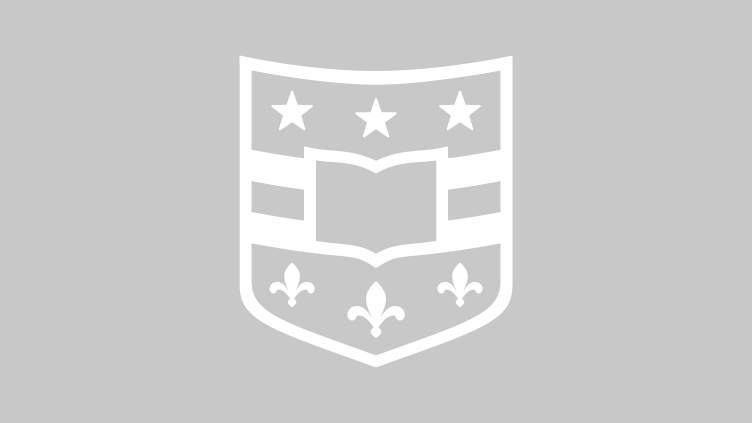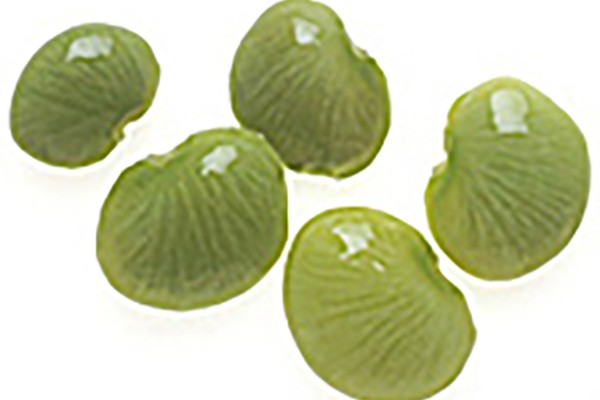Ancient DNA identifies donkey ancestors, people who domesticated them
Genetic investigators, include Fiona Marshall, PhD, professor of anthropology in Arts & Sciences, say that the partnership between people and the ancestors of today’s donkeys was sealed not by monarchs trying to establish kingdoms, but by mobile, pastoral people who had to recruit animals to help them survive the harsh Saharan landscape in northern Africa more than 5,000 years ago.
Seeing melanoma
Two scientists at Washington University in St. Louis are able to image subcutaneous melanoma tumors with startling clarity. Their imaging technique relies on sound rather than light because sound is less strongly scattered by tissues. In addition, the tumors are preloaded with a nanoparticle contrast agent that latches onto proteins that stud the surface of the cancerous cells.
Couch potatoes of the animal kingdom
Pass the chips and hand over the remote. In a study involving the first-ever daily energy expenditure measurements in apes, a researcher from Washington University in St. Louis and his team have determined that orangutans living in a large indoor/outdoor habitat used less energy, relative to body mass, than nearly any eutherian mammal ever measured, including sedentary humans.
Georgian, longtime professor of mechanical engineering, 97
John C. Georgian, who taught mechanical engineering at Washington University in St. Louis for 60 years, died Tuesday, July 6, 2010, in St. Louis after a brief illness. He was 97.
Science article has implications for all rapidly developing fields
A comprehensive study by an intellectual property law expert published in the journal Science may guide global climate change and other scientific policy-makers in developing rules for research data release.
Beware the smell of bitter almonds
Many food plants contain cyanogenic glycosides that can release cyanide when the food is eaten. What’s more, a greater proportion of food plants than plants in general are cyanogenic. WUSTL researcher Kenneth M. Olsen, PhD, offers an explanation of this toxic puzzle.
A sobering demonstration
Occupational therapy students learn the powerful effect of alcohol on an egg to demonstrate fetal alcohol spectrum disorder.
Volvox genome sequenced
Scientists have sequenced the genome of the colonial alga, Volvox carteri, the journal Science announced. While the photosynthesizing colonial algae is fascinating in itself, knowing its genome may also help scientists engineer algae able to produce economic biofuels.
Math, science focus of two-week residential summer camp at WUSTL for St. Louis-area middle schoolers
Washington University is hosting its fourth ExxonMobil Bernard Harris Summer Science Camp June 20-July 2 for 48 middle school students from St. Louis City, County and Metro East schools. The free two-week residential camp offers innovative programs to enhance middle school students’ science and math knowledge. Former NASA astronaut and camp namesake Bernard A. Harris Jr., MD, will visit the campers from 10 a.m. to noon June 30 in Holmes Lounge, Ridgley Hall.
What plant genes tell us about crop domestication
Archeobotanists argue that plant domestication involved much trial and error in many different geographic regions over a long period of time. A genetic technique that allows domesticated and wild strains of the same plant to be compared shows that domestication requires only simple genetic changes. Yet the findings don’t contradict the archeobotanical data.
Older Stories

